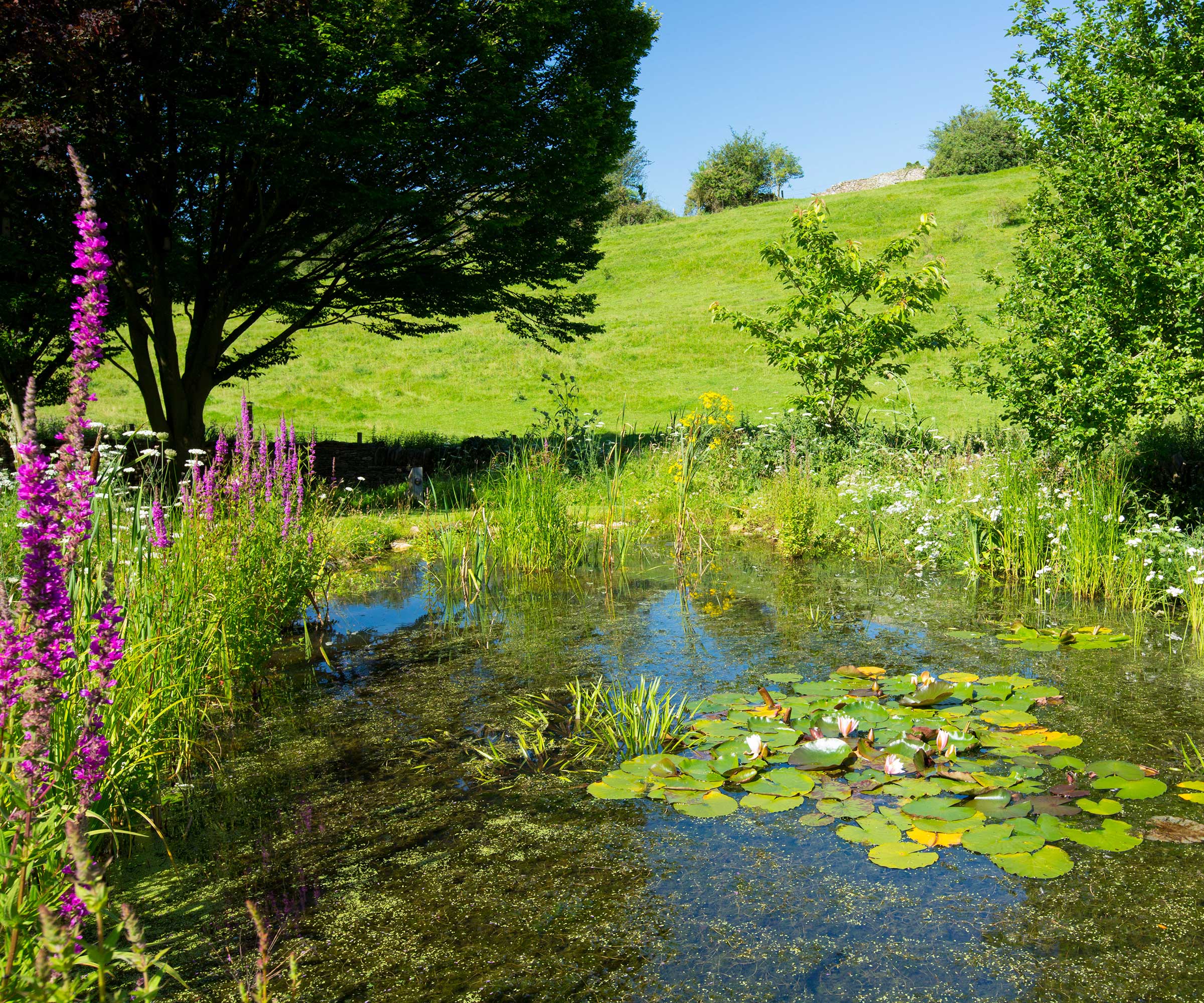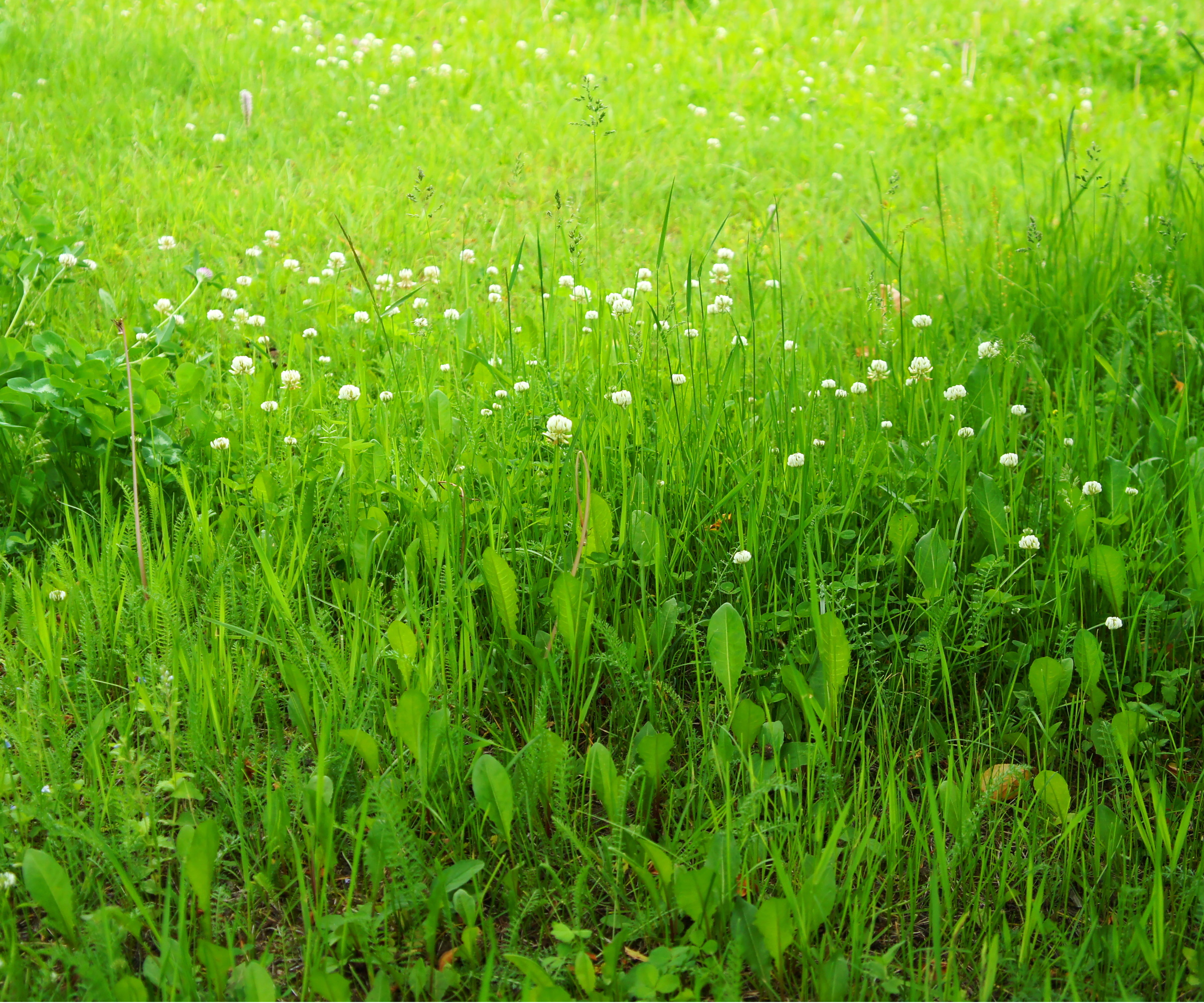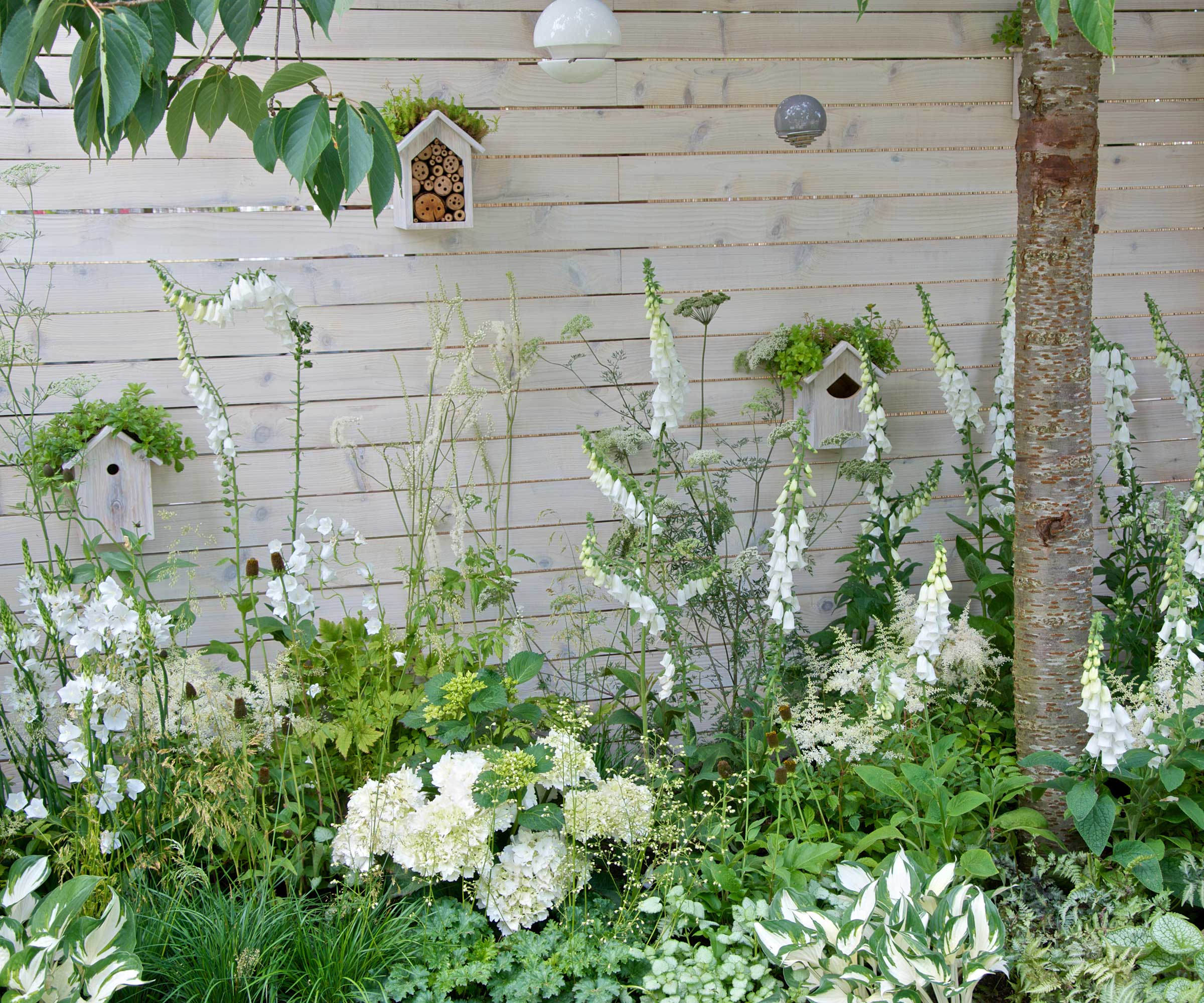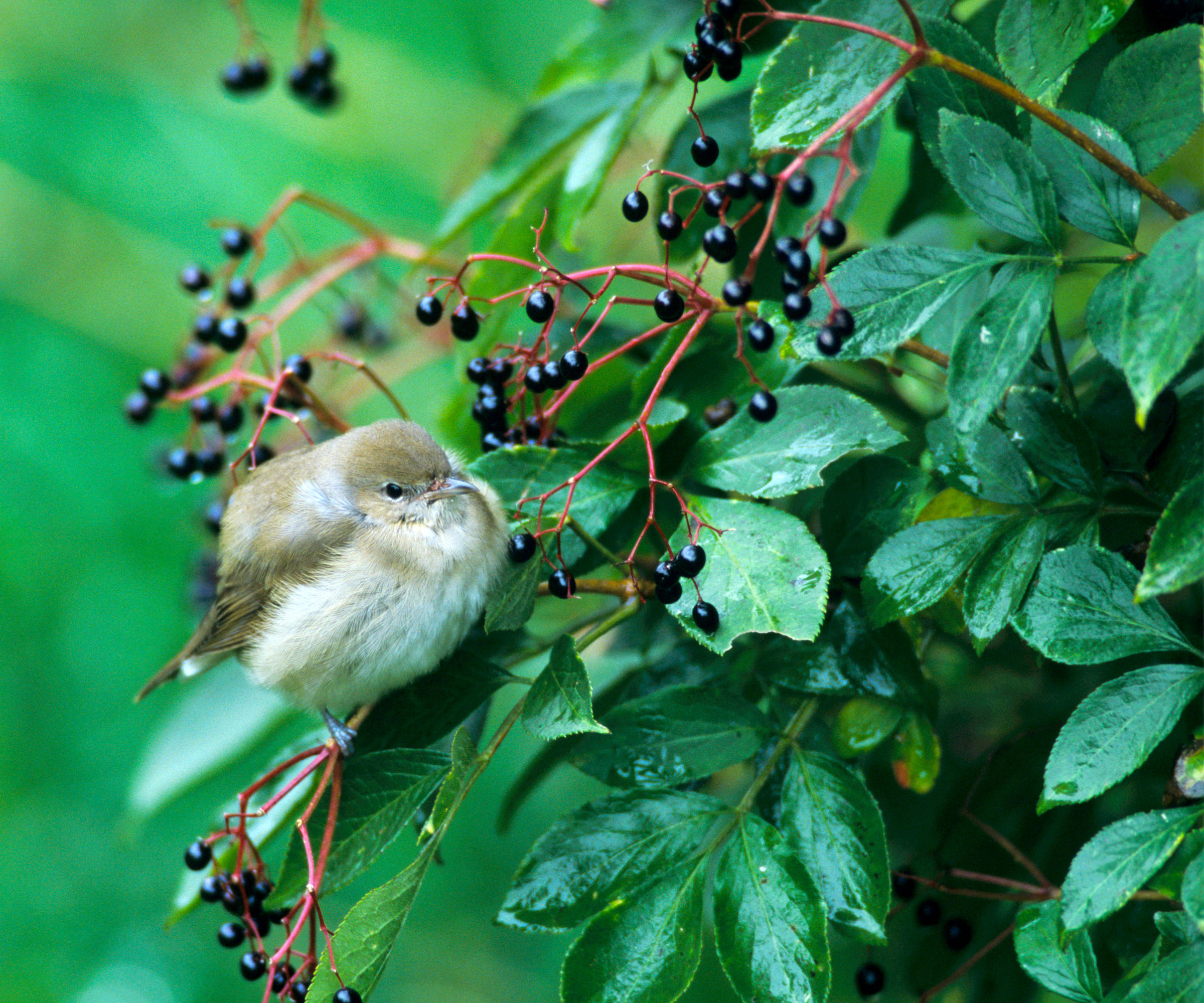Many of us enjoy watching the wildlife in our backyards and as gardeners, we know that birds, bees and other small creatures don’t just provide a beneficial source of natural pest control but can also help contribute to diverse and thriving ecosystems.
Unfortunately, one of the main threats to wildlife today is habitat loss and with widespread ongoing development and the fragmentation of natural habitats, our private gardens are becoming more vital in providing nature-supporting habitats and links to larger wild areas.
You may like

(Image credit: Tim Graham / Alamy Stock Photo)
How to connect your garden with other wildlife areas
In a progressively urbanized world, wild areas are being broken up and natural wildlife sites are becoming more fragmented, leading to populations of isolated species.
On a large scale, wildlife or green corridors as they are also known, provide a safe bridge, linking key wildlife habitats, such as the Yellowstone to Yukon Conservation Initiative.
However, on a smaller scale, your private garden can be a stepping stone for birds, pollinators and other small mammals to refuel and rest between larger natural areas.
We will show you how implementing even small measures can help ensure safe passage for wildlife and support them on their travels.
Relax on garden maintenance

(Image credit: lavendertime via Getty Images)
One of the first steps to making a corridor garden and one that will make time-poor gardeners happy to hear, is to actually do less.
To start with, you can support no-mow May and put the lawnmower away and not bring it back out until early June, or only mow the lawn when you really need to. By allowing the grass to grow longer, you will also be letting any wild flowers in the grass appear, which bees and butterflies will feast upon.
However, if you are unable to leave all of your lawn to grow taller over the summer months, you don’t need to worry, as even a small patch left unmown can have a surprising effect.
As an experiment in one of the gardens I previously managed, we left a small circle in the middle of a lawn to its own devices and in a matter of weeks, pollinators were feeding off the red and white clover, daisies and dandelions.
Another task to leave on the to-do list is the pre-winter tidy up, or as some call it, putting the garden to bed. This is because seed heads from plants such as coneflowers (Echinacea), black eyed-susan (Rudbeckia) and sunflowers (Helianthus) are a great source of nourishment for small birds over the colder months and especially when the ground is frozen.
Any upright dead stems, especially hollow ones, can also be left until spring, as insects may overwinter inside them.
Additionally, when the leaves begin to drop, you do not have to pick them all up. It is wise to collect any fallen leaves on the lawn as a thick layer will prevent any air and light from reaching the blades, resulting in weakened growth and encouraging moss.
But for those that fall on the borders, you can leave them where they are as they can provide shelter for small animals, including frogs and toads and will finally rot down and boost the soil.
However, for those with limited outside space or no border to leave untouched over the winter, you can build a bug hotel or purchase one such as this insect hotel available from Amazon to provide a safe habitat for any passing insects.
As well as mowing less and putting off a winter tidy-up until spring, you can also designate a special area of your garden to be left to its own devices. Although potentially unsightly and perhaps best created out of sight, leaving a patch of your yard completely uncultivated and free from any chemicals or fertilizers can create a safe space for any passing wildlife to forage or inhabit undisturbed.
Wildlife-friendly fencing

(Image credit: Miriam Heppell / Alamy Stock Photo)
When it comes to yard boundaries, tall closed fencing is commonly used for privacy and security reasons, especially in urban areas. Even though closed fencing and solid gates help keep pets and children safe and contained, they unfortunately can also keep out any passing wildlife.
Instead of impassable fencing, other nature-friendly barriers suitable for corridor gardens include hedgerows, living willow hedges, or types of open fencing. Wooden lattice fencing with sizeable openings should be considered as it can still keep pets and children contained, but also allow for frogs and toads to pass through.
Better still and if your neighbor agrees, why not cut a small hole in your shared fence to encourage safe passage between your gardens?
In rented accommodation, the above options may not be possible, but you can still encourage wildlife to use the garden as a corridor to other natural areas. For example, if you have a closed board fence, you could install some vine eyes, such as these YGAOHF 2.5 Inches Eye Hooks Screw available from Amazon and training wires and grow a coral honeysuckle (Lonicera sempervirens) to attract hummingbirds, or a passion flower (Passiflora incarnata) to help feed passing bees and butterflies.
Plant native hedgerows

(Image credit: Rolf Nussbaumer Photography / Alamy)
When planning a new hedge or replacing an old one, you might be amazed at the choice of plants on offer. From evergreen to deciduous, for flowers or for berries, the selection is vast. Nevertheless, a hedge consisting of mixed native species is a great way to support wildlife and make your yard into a corridor garden.
Depending on the aspect, exposure, hardiness zone and soil of your garden, native hedging plants could include American Hazelnut (Corylus americana), Common Elderberry (Sambucus canadensis), Red Osier Dogwood (Cornus sericea) and Common Ninebark (Physocarpus opulifolius).
By planting a mixture of species, rather than just one, you can support a more diverse range of wildlife as well as provide interest in the garden at different times throughout the year.
Furthermore, hedgerows don’t just support small birds and insects, as they also provide a hunting site for bats and act as landmarks for them to follow between nesting and foraging sites.
However, before planting, it is worth checking with your state extension horticultural department, as some shrubs, such as Common buckthorn (Rhamnus cathartica) are considered invasive as they can outcompete native species and cause more harm than good to local ecosystems.
Native hedgerow mixes can often be mainly deciduous, so you may want to add an evergreen specimen to provide cover for the winter months. One such option, and one that will also provide food and shelter for any visiting wildlife, is ivy (Hedera helix).
Perhaps one of the best evergreen climbers, ivy is hardy and grows well in zone 4 and above. That being said, it is known to be vigorous and will require regular pruning to keep it in check. You can purchase English Ivy from Nature Hills.
Pollinator waystations are key

(Image credit: Jennifer Tepp/Alamy Stock Photo)
Another way of encouraging your front or back yard to be used as a corridor garden is to include a pollinator waystation.
Perhaps best known for supporting monarch butterflies on their migration from the United States and Canada to Mexico, pollinator waystations provide host plants for laying eggs and nectar to sustain them on their long journey.
To provide a pollinator waystation in your corridor garden, you can grow a diverse range of nectar-rich flowering plants and in the case of monarch butterflies, native milkweed species. Some of the best pollinator-friendly plants include verbena, bee balm (Monarda) and Yarrow (Achillea) as they are adored by bees, butterflies and other insects.
One of my favorite plants to support pollinators and one that I have planted and grown in many of the gardens I have managed over my horticultural career is Verbena bonariensis.
Growing up to 6 feet tall, this tall verbena produces small clusters of tiny purple flowers that, when in bloom, are adored by bees and butterflies. Best grown in zone 7 and above in full sun and on a free-draining soil, you can purchase Verbena bonariensis seeds from Burpee.
Build wildlife ponds

(Image credit: coldsnowstorm / iStock / Getty Images Plus / Getty Images)
Wildlife also need access to water for drinking, breeding and for some species, as a habitat. Even a small wildlife pond can support a variety of amphibians, birds and bats and insects such as dragonflies.
You can construct a pond to any shape and size using a flexible rubber liner or you can choose a pre-molded liner such as this Algreen Rigid Preformed Plastic Pond Liner available from Amazon.
However, if sinking a pond into the ground is not an option, a plastic tub or half barrel placed on a balcony or patio with varying depths provided by rocks or stones, along with some aquatic plants, will encourage wildlife to visit.
When talking about supporting wildlife, perhaps one of the first things that comes to mind is feeding the birds. But what is the best way to feed them and which foods should you provide?
Our in-depth feature on how to feed garden birds will take you through all you need to know, from where to position feeds to how to prevent squirrels from stealing the food you put out.


Comments are closed.